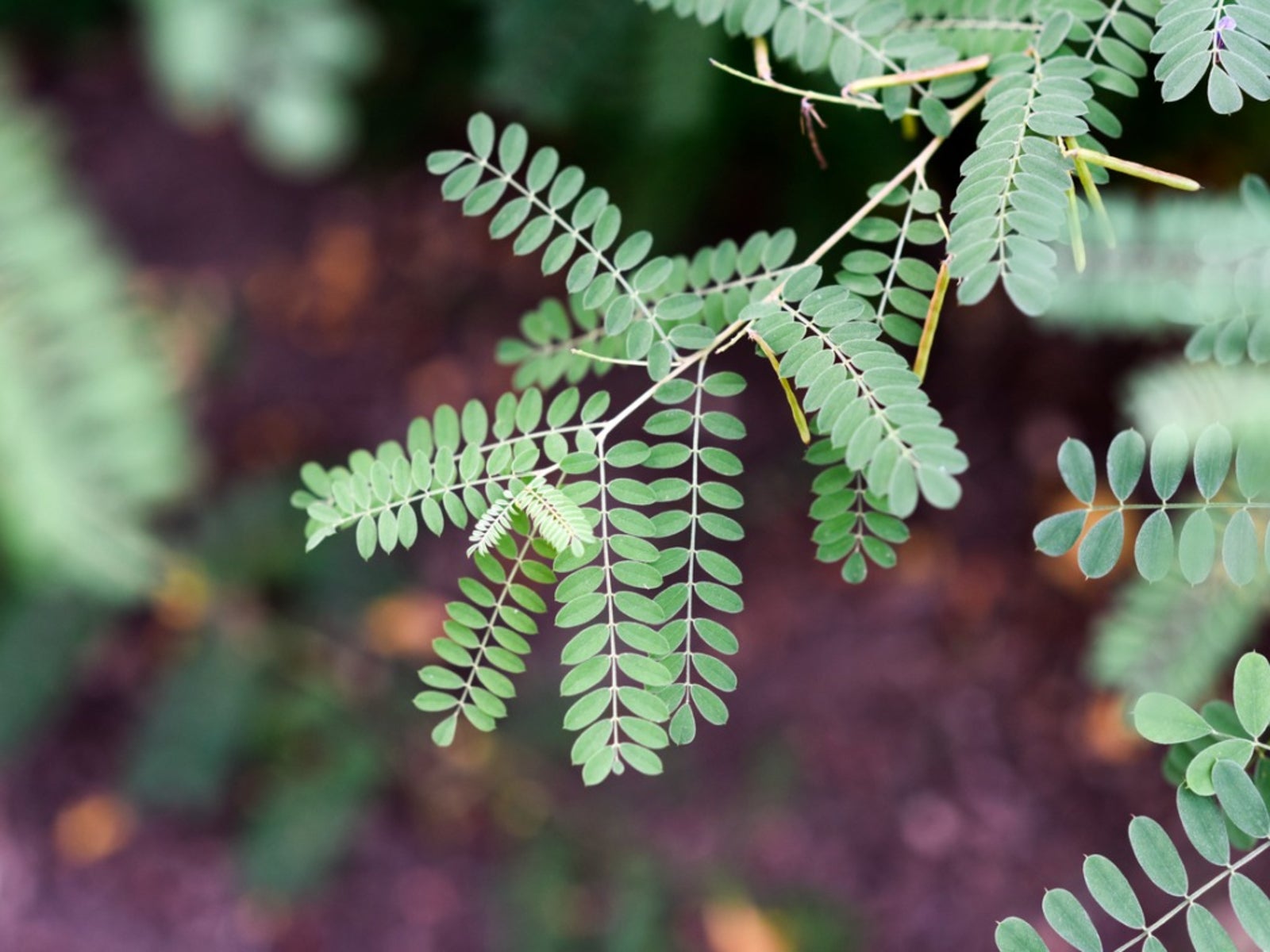Indigo Plant Harvest – Tips On Picking Indigo For Dye


Many of us are familiar with the beautiful, faded-blue hue made famous by the indigo plant. For years, cultivators used an indigo plant harvest to make a dye used extensively around the world. It was the first dye to color Levi jeans. Although the popularity of the natural dye stalled when a synthetic dye was developed, picking indigo for dye is making a comeback. If you want to learn how to harvest indigo to make your own dye, read on. We’ll tell you how and when to pick indigo.
Picking Indigo for Dye
Indigo plants have lovely flowers, but it is the leaves and branches that are used for dye. Although there are many varieties of indigo, it is true indigo (Indigifera tinctoria) that has traditionally been used for dye. Note that neither the leaves nor the stems are blue. The blue dye comes out after the leaves are treated.
When to Pick Indigo
Before you jump into harvesting indigo, you have to figure out when to pick indigo plants. The ideal time of year for picking indigo for dye is just before the blossoms open. When picking indigo, remember that these are perennial plants and need to continue to perform photosynthesis to survive. To that end, never take more than half of the leaves in any one year. Leave the rest on the indigo plant to allow it to produce energy for the following season. Once you have completed the indigo plant harvest, act promptly. You should use the harvested indigo as quickly as possible after you finish picking the plant for dye.
How to Harvest Indigo Plants
When you are harvesting indigo, you need to collect the leaves first. Many people simply bundle leaves and small branches for processing. After you’ve gathered your indigo harvest, you’ll need to treat the foliage to create the blue dye. Preferred techniques vary. Some who cultivate indigo for dye suggest you start by soaking the leaves in water overnight. The next day, mix in builder’s lime to achieve the fade blue coloration. Others suggest a composting method. A third way to extract the dye is by water extraction.
Sign up for the Gardening Know How newsletter today and receive a free copy of our e-book "How to Grow Delicious Tomatoes".

Teo Spengler is a master gardener and a docent at the San Francisco Botanical Garden, where she hosts public tours. She has studied horticulture and written about nature, trees, plants, and gardening for more than two decades, following a career as an attorney and legal writer. Her extended family includes some 30 houseplants and hundreds of outdoor plants, including 250 trees, which are her main passion. Spengler currently splits her life between San Francisco and the French Basque Country, though she was raised in Alaska, giving her experience of gardening in a range of climates.